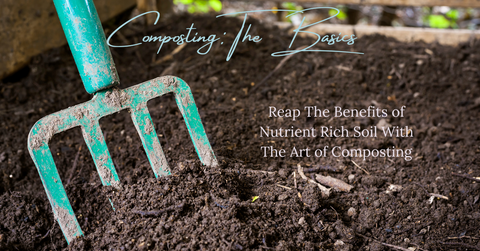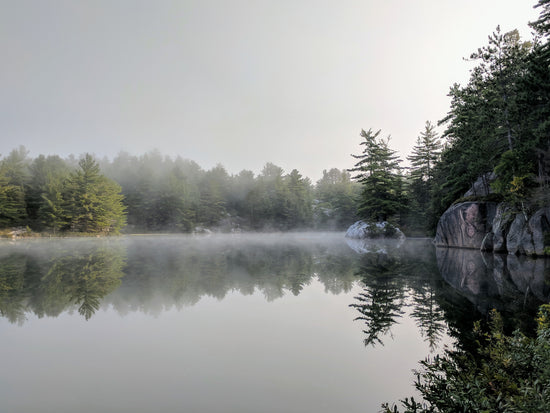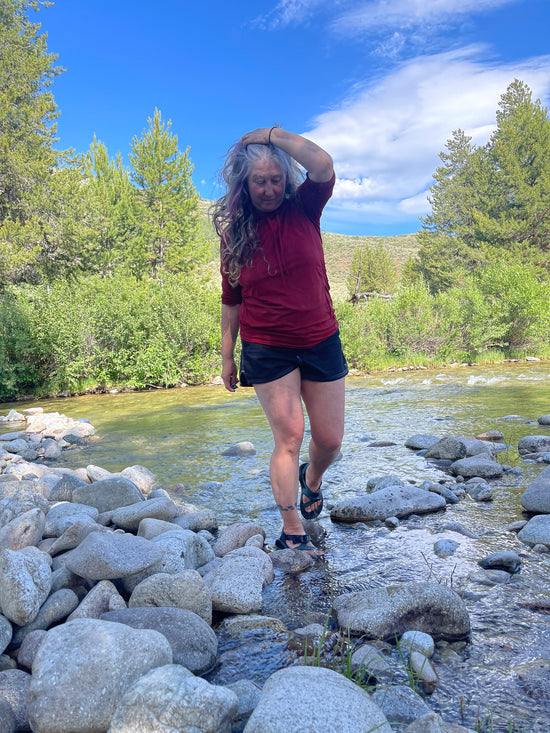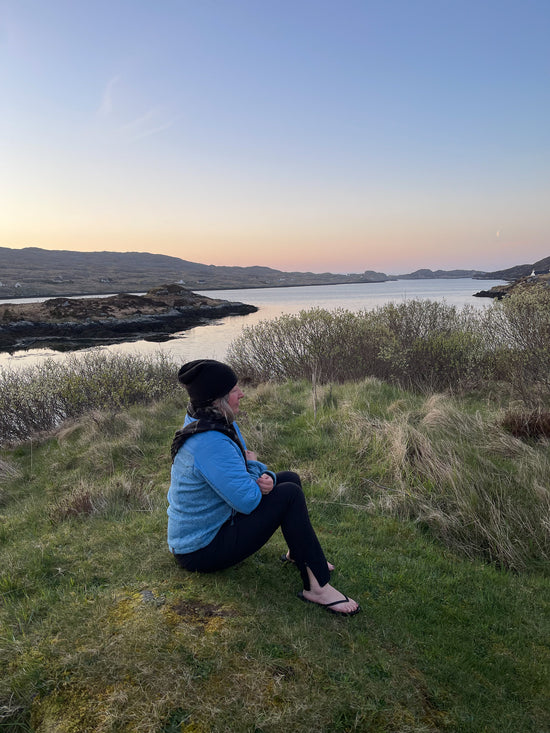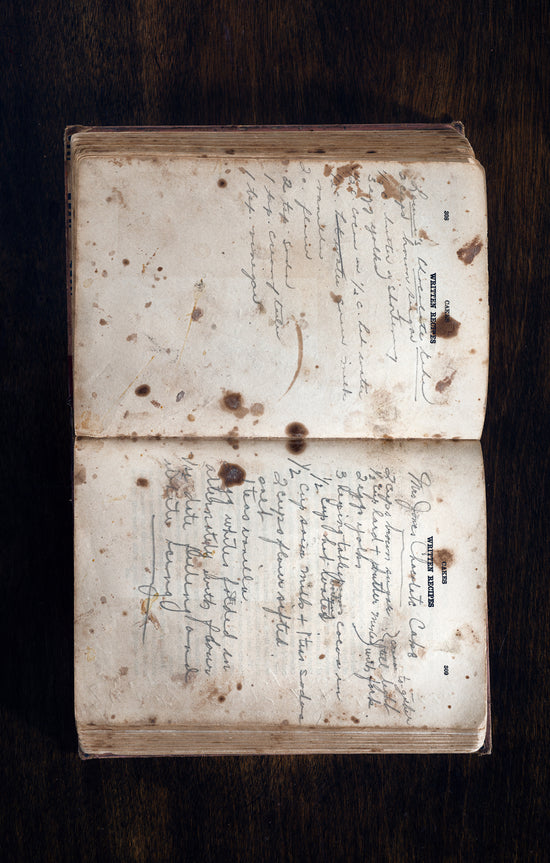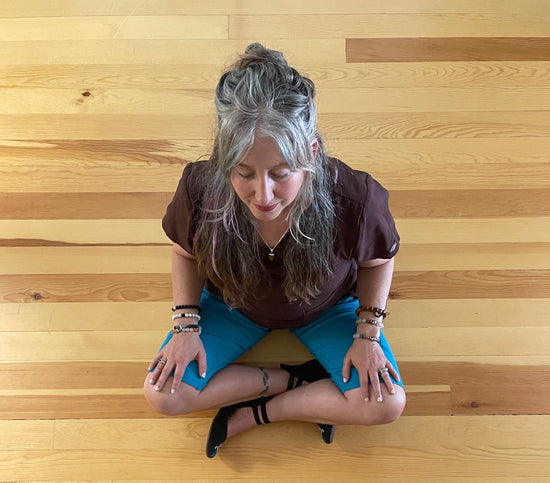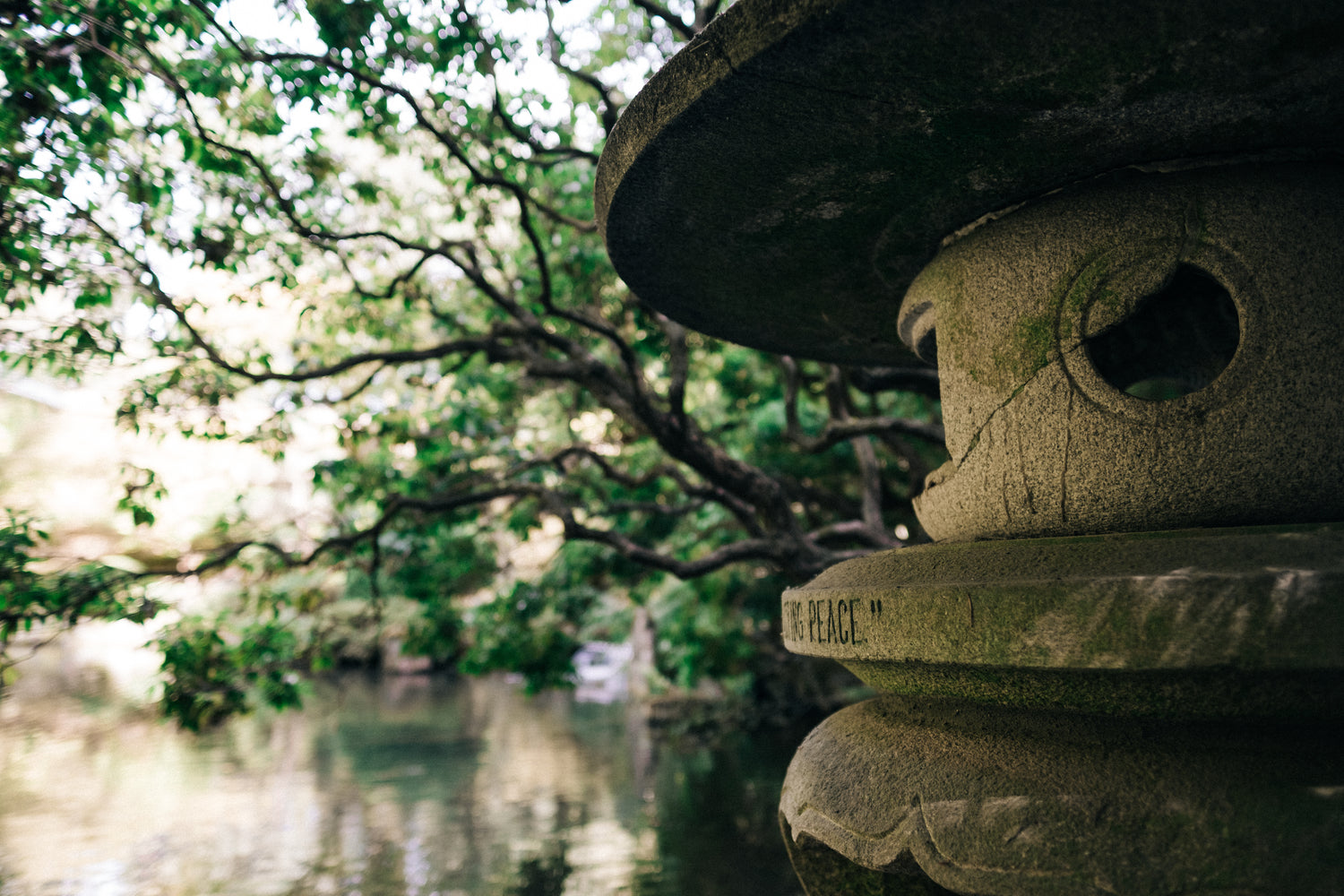I Love Composting
The art of composting has been part of our culture since ancient times. The basic principles are simple, and sticking to them will result in an efficient and successful outcome…your compost! Composting is an excellent way to avoid wasting useful, natural resources while at the same time producing a high-quality and inexpensive soil amendment. To me, it’s a win-win!
Composting is the transformation of organic material (plant matter) through decomposition into a soil-like material called compost. Invertebrates (insects and earthworms), and microorganisms (bacteria and fungi) help in transforming the material into compost.
Microorganisms and invertebrates are fundamental to the composting process and they require oxygen and water to decompose the material successfully. The end products of the process are soil-enriching compost (what we are aiming for), carbon dioxide, water, and heat.
What does it mean and how does it work?
Carbon-to-Nitrogen Ratios Carbon and nitrogen are the two fundamental elements in composting. The bacteria and fungi in compost digest or "oxidize" carbon as an energy source and ingest nitrogen for protein synthesis. Carbon can be considered the "food" and nitrogen the “digestive enzymes”. 30 parts carbon to 1 part nitrogen is a good ratio for these two elements. Fallen leaves are a good source of carbon; fresh grass (without weeds which can just turn into reseeding what you don't want), manures, and blood meal are sources of nitrogen.
Surface Area Decomposition by microorganisms in the compost pile takes place when the particle surfaces are in contact with air. Increasing the surface area of the material to be composted can be done by chopping, shredding, mowing, or breaking up the material. The increased surface area means that the microorganisms can digest more material, multiply more quickly, and generate more heat. It is not necessary to increase the surface area when composting, but doing so speeds up the process. Insects and earthworms also break down materials into smaller particles that bacteria and fungi can digest. Your compost needs to be in small bits.
Aeration The decomposition occurring in the compost pile takes up all the available oxygen. Aeration is the replacement of oxygen in the center of the compost pile where it is lacking in fresh air. Efficient decomposition can only occur if sufficient oxygen is present. This is called aerobic decomposition. Composting systems or structures should incorporate adequate ventilation. Or, you will need to turn your compost with a shovel.
Turning your compost pile is an effective means of adding oxygen and bringing newly added material into contact with microbes. Think of how much you like to have fresh air, and so do all of the microbes working hard to give you your good compost.
Moisture Microorganisms can only use organic molecules if they are dissolved in water, so the compost pile should have a moisture content of 40-60 percent. The "squeeze test" is a good way to determine the moisture content of the composting materials. Squeezing a handful of material should have the moisture content of a well-wrung sponge. A pile that is too wet can be turned or can be corrected by adding dry materials. Water is a major component in the total process.
Temperature Microorganisms generate heat as they decompose organic material. A compost pile with temperatures between 90 and 140 degrees F (32-60 degrees C) is composting efficiently. Temperatures higher than 140F (60C) inhibit the activity of many of the most important and active organisms in the pile. Given the high temperatures required for rapid composting, the process will inevitably slow during the winter months in cold climates. Compost piles often steam in cold weather.
What to put in your compost?
Grass clippings, some people put in newspaper (decide if you want to have all of the ink in your compost) kitchen scraps (AVOID meat, grease, citrus, ) fallen leaves, chicken poop, and sawdust. AVOID weeds as they just produce more weeds when you use the compost, their seeds need to be killed. I use my weeds in a compost tea.
Containers
There are plenty of expensive store-bought compost-making contraptions. I have used these and they do work…this is what I found out about them.
They are difficult to use if you are short – you will still need a shovel to help with some of the turning process and if you are short you will not be able to reach inside easily.
They work well, but a corner of your yard works too.
The manufactured ones can be expensive.
I have found that plastic garbage bins with holes drilled in the sides (1/2 in in diameter with about 10-15 holes on the bottom half of the bin) work well. I prefer garbage bins (don’t fill them too full or you won’t be able to move them easily) and a corner of my yard.
Find a place in your yard, normally a corner, where you can dump your materials. Do this, then water and turn until you have compost.
Tips
- Decomposition occurs naturally anywhere plants grow.
- You want to smell fresh dirt. Rot and/or sour means there is something wrong.
- Create an ideal condition for decomposition to occur. – if this is not happening then make necessary adjustments by using more or less water, dry matter, food scraps, turning more often, or being mindful of the time of year.
- Use a shovel or hay pick to aerate your compost.
- Keep a log of your monthly results.
- Know the PH of your soil so you can learn what to add more or less of.
- Try one way, if you don’t like that go to another. Use what works well for you and your lifestyle.
- Keep a hose close by so watering your compost is easy.
- Keep a nice container on your counter or under your sink to collect your scrap foods. A small, unsealed cover can make it look better but don’t seal your container, or the foods inside will rot and smell. Take this out to your pile every 1-2 days.
Did you know?
- Studies have shown that home composting can divert an average of 700 lbs. of material/food/yard clippings etc per household per year from our landfills.
- Composting can be traced to Marcus Cato, a farmer and scientist who lived in Rome 2,000 years ago. Cato viewed compost as the fundamental soil enhancer, essential for maintaining fertile and productive agricultural land.
- Composting is considered a dynamic process, this means it can be fast or slow depending on the process used and the skill with which it is executed.
Take heart, fast or slow it will work.
Have fun!
